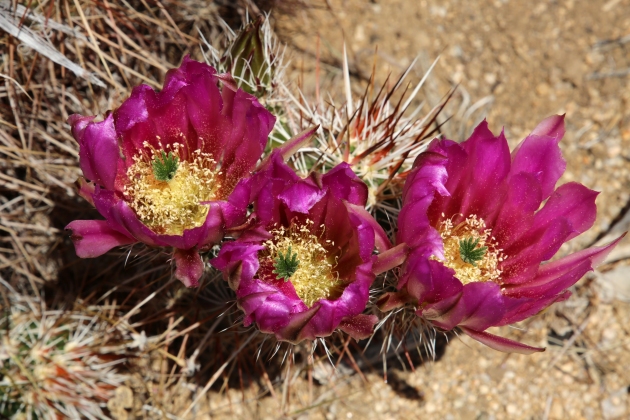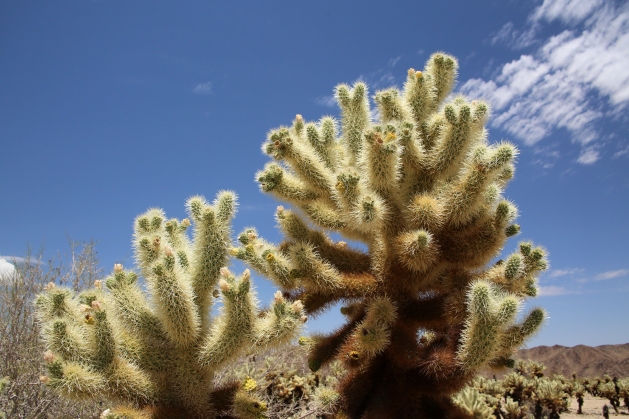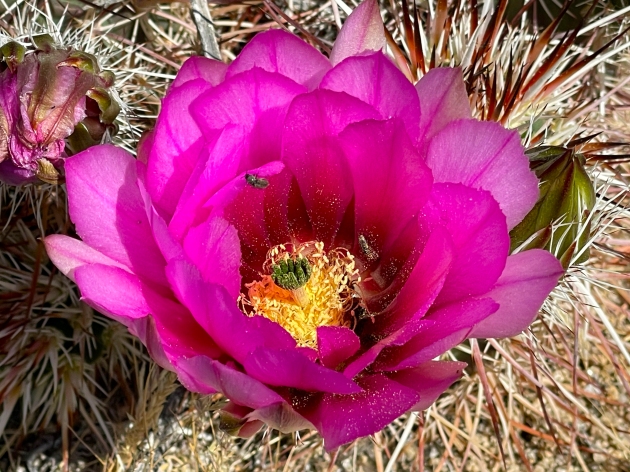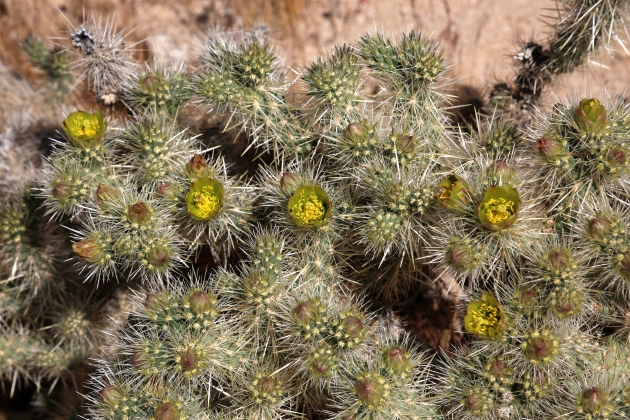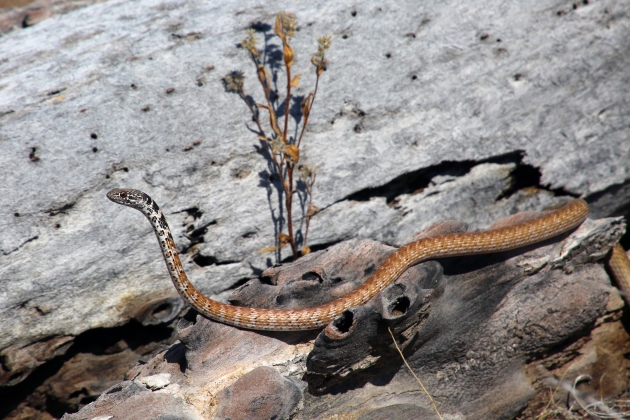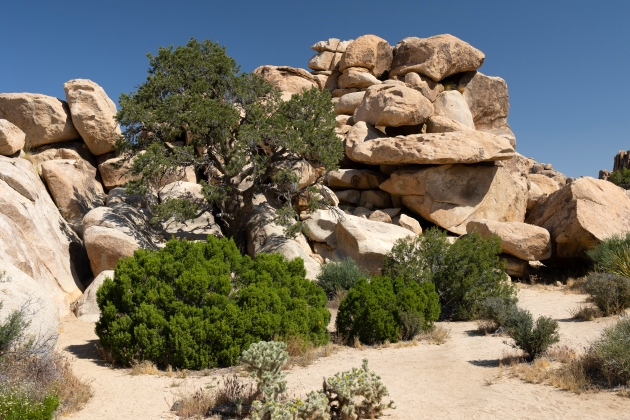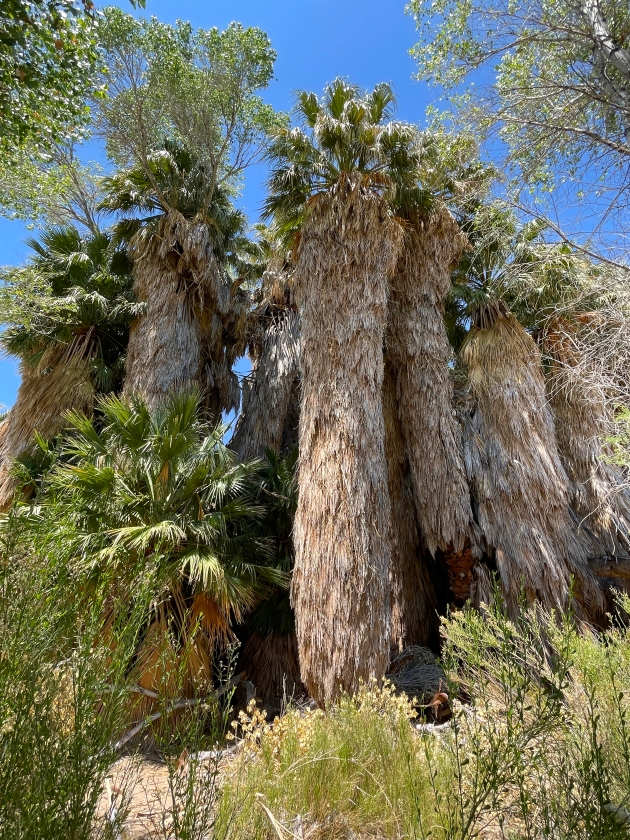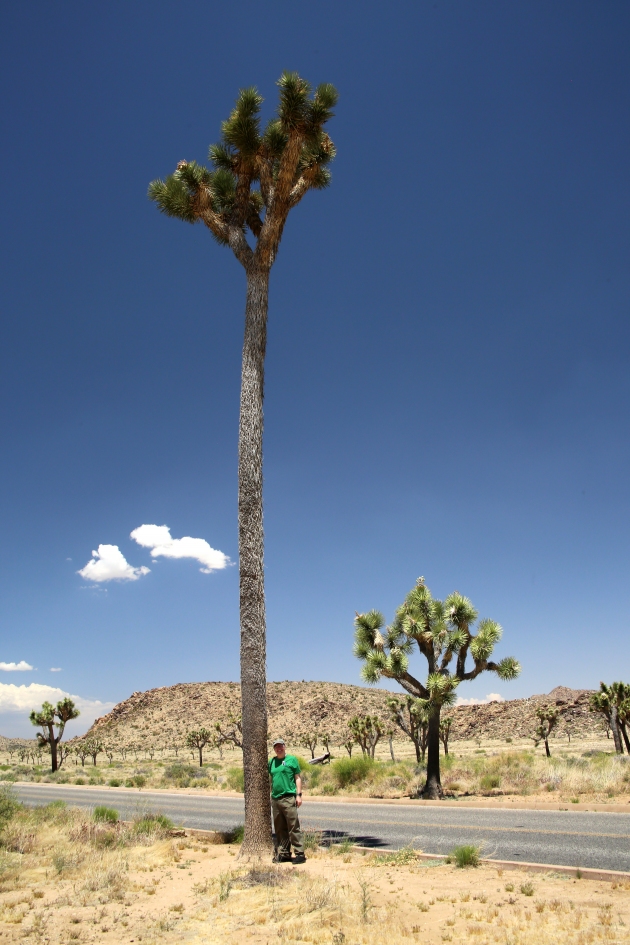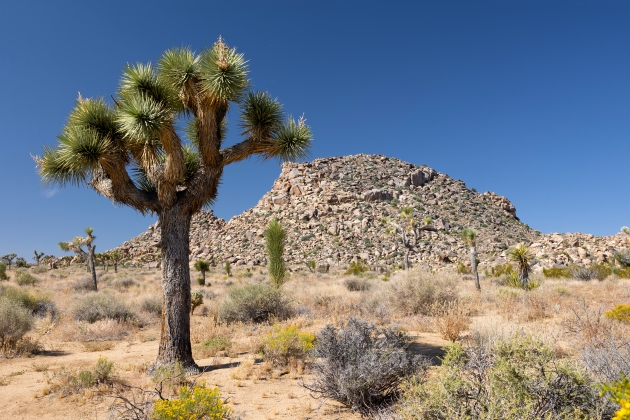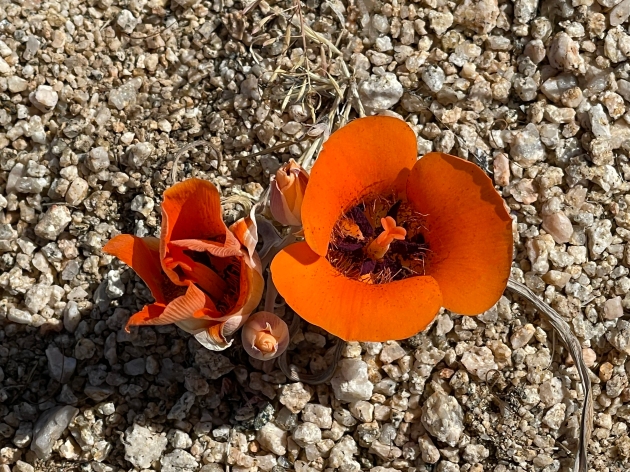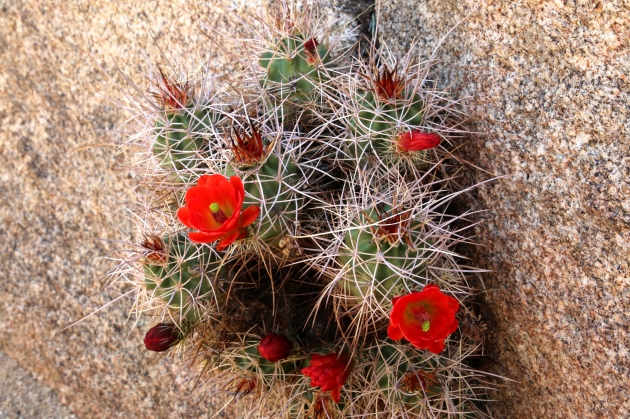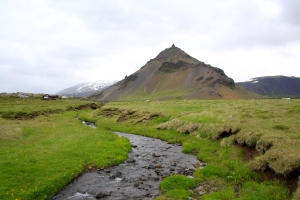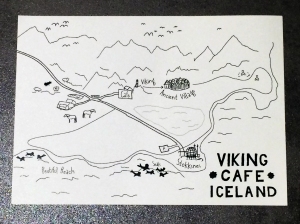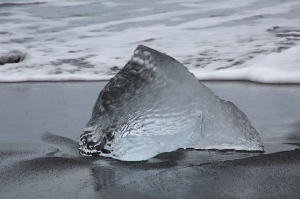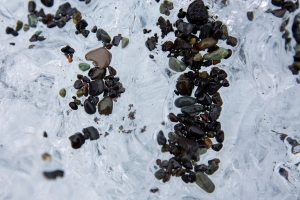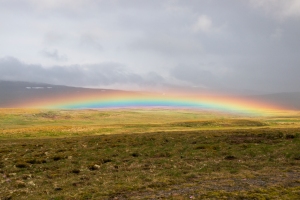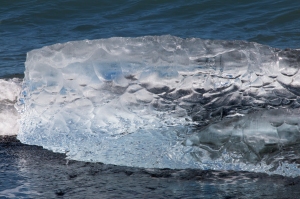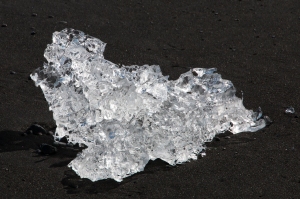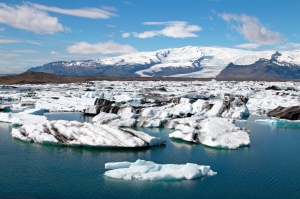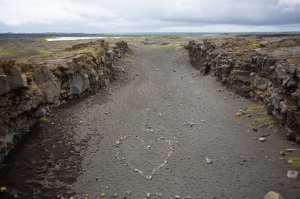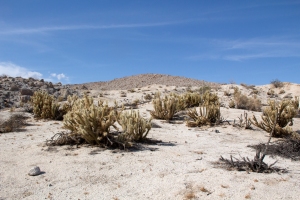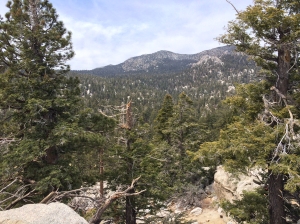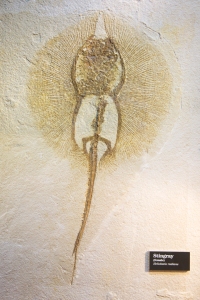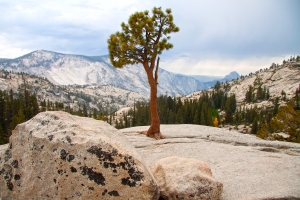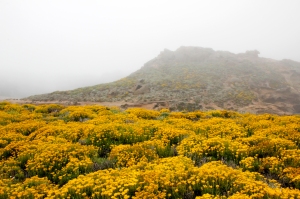
Painted Desert Overlook

Teepees Rock Formation at Blue Mesa

Blue Mesa Badlands Trail

Photography from Crystal Forest Trail

Petrified Wood Bark and Knot Hole

Sectioned Petrified Logs in Landscape

Sign Describing Who Cut the Wood (no one)

Colorful Petrified Wood

Postcard: Origin of Colors in Petrified Wood

Sign Describing Time to Petrify Wood

Painted Desert Inn

Inn’s Glass Skylight Ceiling with Pottery Designs

Famous Mountain Lion Petroglyph

Newspaper Rock Petroglyphs

Petrified Forest Visitor Center by Architect Neutra

Rock Shop Outside Park
Petrified Forest National Park in Arizona has one of the best concentrations of petrified wood in the world! One of the largest logs (Old Faithful) is 35 feet long, 10 feet wide, and weighs 44 tons!
The trees (mostly conifers) were buried in mud during the late Triassic Period 225 million years ago. The mud contained volcanic ash. Silica in the ash was absorbed by the wood and crystallized into quartz over time. This happened through a process called permineralization – the minerals do not actually replace all the organic material, but instead take on the shape of the cells. Some petrified wood is so perfectly preserved that you can see individual tree rings, bark, and even knot holes! Color results from minerals in the ash. In general, iron oxides produce red, yellow, orange, and purple; manganese oxide produces black; and pure quartz produces white. Since petrified wood is so brittle and splits easily, it looks like someone took a chainsaw and cut up logs across the landscape.
A portion of the Painted Desert is contained within the park – scenic badlands with rocks of every color and hue (blue, lavender, red, and pink). Vivid layered deposits of clay and sandstone make the scenery particularly dramatic. You can hike through this landscape at Blue Mesa Badlands Trail.
The Painted Desert Visitor Center (at the entrance to the park off I-40) opened in 1963 and was designed by architects Richard Neutra and Robert Alexander. Large windows let the sun in and high walls keep the wind out. Neutra is famous for his midcentury modern buildings in Palm Springs and Los Angeles. Nearby, the Painted Desert Inn National Historic Landmark showcases a variety of historic artifacts. The Rainbow Forest Complex at the south entrance contains the Rainbow Forest Museum, Visitor Center, Bookstore, Gift Shop, and access to the Giant Logs, Long Logs, and Agate House Trails.
In June 2018 Petrified Forest National Park was designated an official International Dark Sky Park, which means it is one of the top places in the world for star gazing! If you would like to enjoy the park’s night sky programming or other park activities, more info is at: https://www.nps.gov/pefo/planyourvisit/index.htm
A kid’s guide to Petrified Forest National Park is at: https://www.nps.gov/pefo/upload/YoungerStudent2006.pdf
Remember, if you want your own piece of petrified wood, please don’t take it from the park. There are plenty of rock shops outside the park with an amazing selection for your collection.
